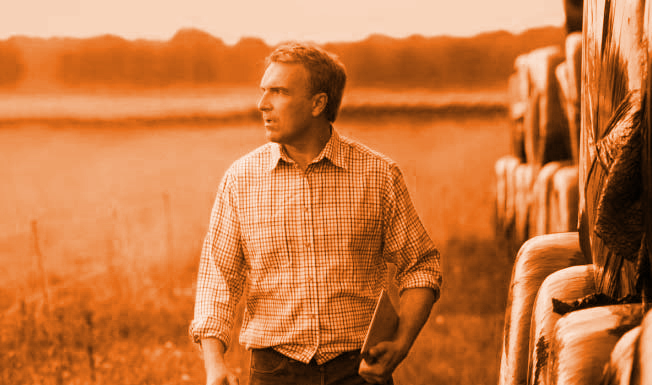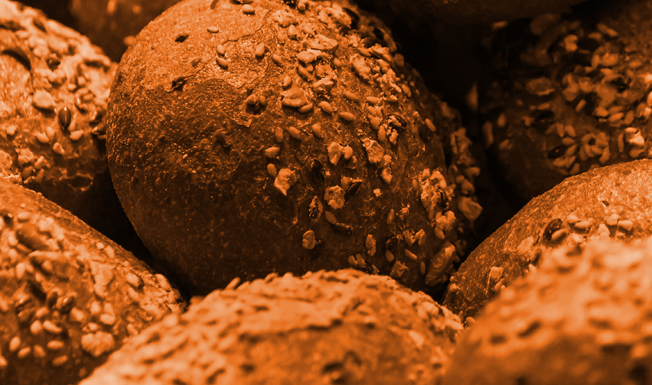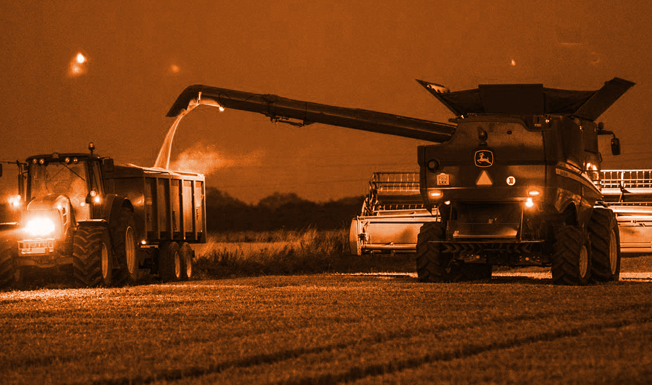It’s time to show that UK crops offer real value at home and abroad
Openfield’s Grain & Fertiliser update, featured in February’s Farmers Guide Magazine.
Grain
A New Year always brings many opportunities and uncertainties, but I feel the UK has had more than its fair share in recent years. This year we face the continued uncertainty around Brexit but have the new challenge – the transition period. Since the start of January there have been two documents published; ‘Getting Brexit Done’ and the latest update of the ‘UK Agricultural Bill’ – both need to be understood by every farmer in the UK. Nothing in negotiations is ever a given, as we have seen one deadline in this modern world seems to be able to be superseded by another but, at some point, the music could stop and would your grain marketing be ready to deal with it? I mention this because harvest 2020 could be a new experience for us all. Not only will we have the relative uncertainty of crops size, due to a ridiculously wet autumn and winter (shown in the chart is the increase in rainfall from September to December last year) but we will yet again have the issue of more trade uncertainties from 1st January 2021.
The latest Agricultural Bill now mentions food security, but I am not sure food security is packaged directly with self-sufficiency. It’s more a function of knowing you have enough trading partners to import from if: 1) You’re hungry; 2) You have the ability to pay; and 3) Maybe you aren’t as concerned about the ‘pedigree’ of your product, more of accepting a case of ‘you get what you get and you don’t get upset’. All the above brings me to the importance of growers understanding fully all the timelines involved and the impact that trade agreements could have. These agreements are likely to come in many forms; be that equivalent legislation, technical barriers or unintended consequences imposed due to lack of joined up thinking. Rest assured there is likely to be a bumpy path ahead of which the impact will only be fully felt once walked. Price in any situation like this will be key – farmers and buyers alike will need to fully understand trade agreements while knowing what every commodities full worth is. This full worth could be the grain’s quality, available tonnage, location or even field spray records.
Now is not the time to rest on your post-Brexit, no more EU legislation laurels. We will all need to be able to show with confidence what we have used to grow our crops, how they were stored and transported and even their carbon footprint. If growers and buyers can show we have a better product, with better pedigree, we should be able to educate our own domestic marketplace and show others that UK commodities have a real value in global and domestic markets.
Fertiliser matters
After the autumn deluge, January has shown us glimpses of settled weather allowing drilling to progress on kinder soils. Along with this, the fertiliser market has presented growers with a buying opportunity, with prices easing since the turn of the year. At some point it is likely prices will firm as we get closer to the application window and logistics come into play. With the majority of crops planted being later than planned, into less than ideal conditions, these crops will require an early application of nitrogen to encourage early growth and tillering as soon as an opportunity to travel presents itself. With very few P&K fertilisers being applied to date and a large spring drilling workload, one consideration may be the use of NPKS complex compounds to allow the number of passes through a crop to be reduced while still providing its nutrient requirements.




